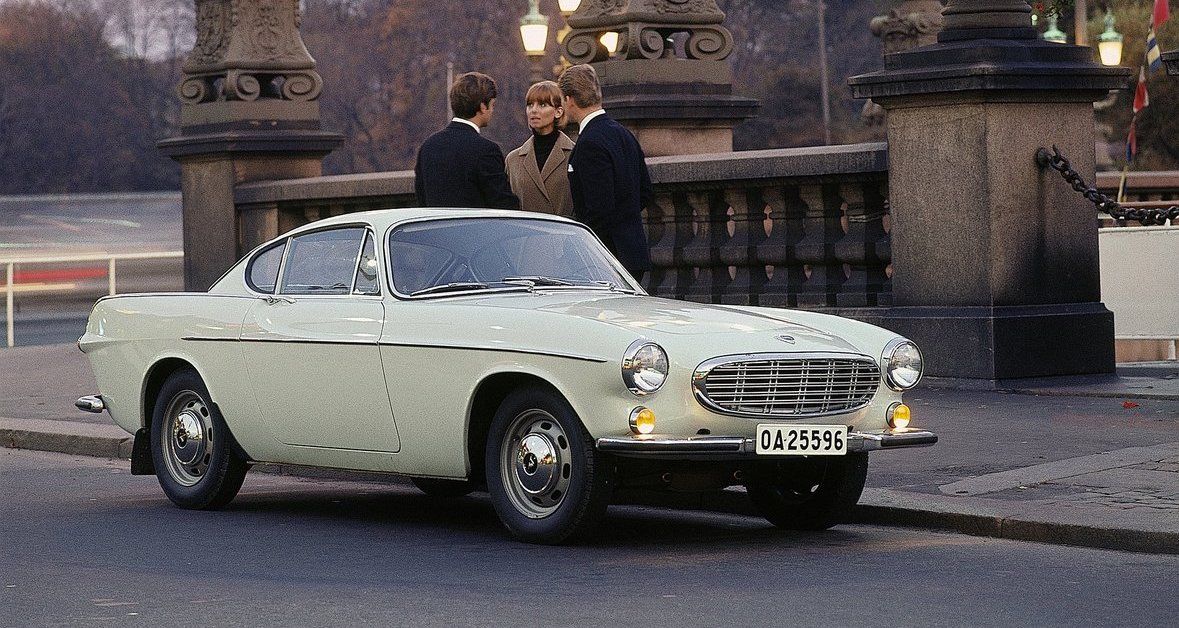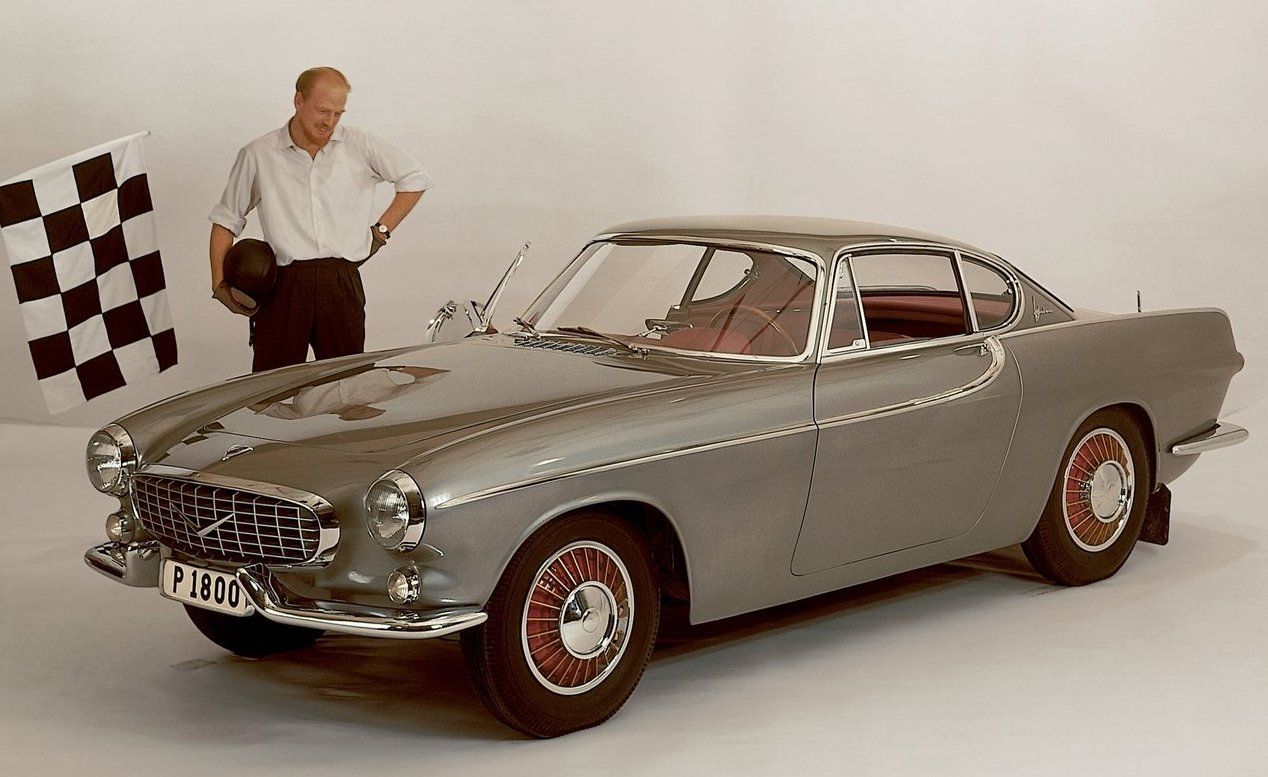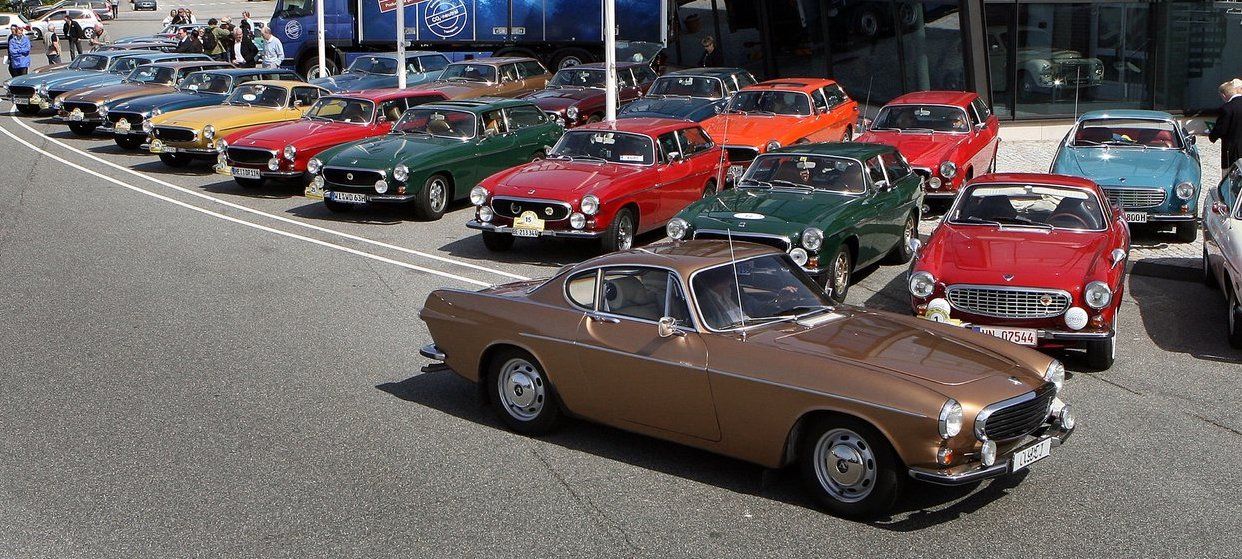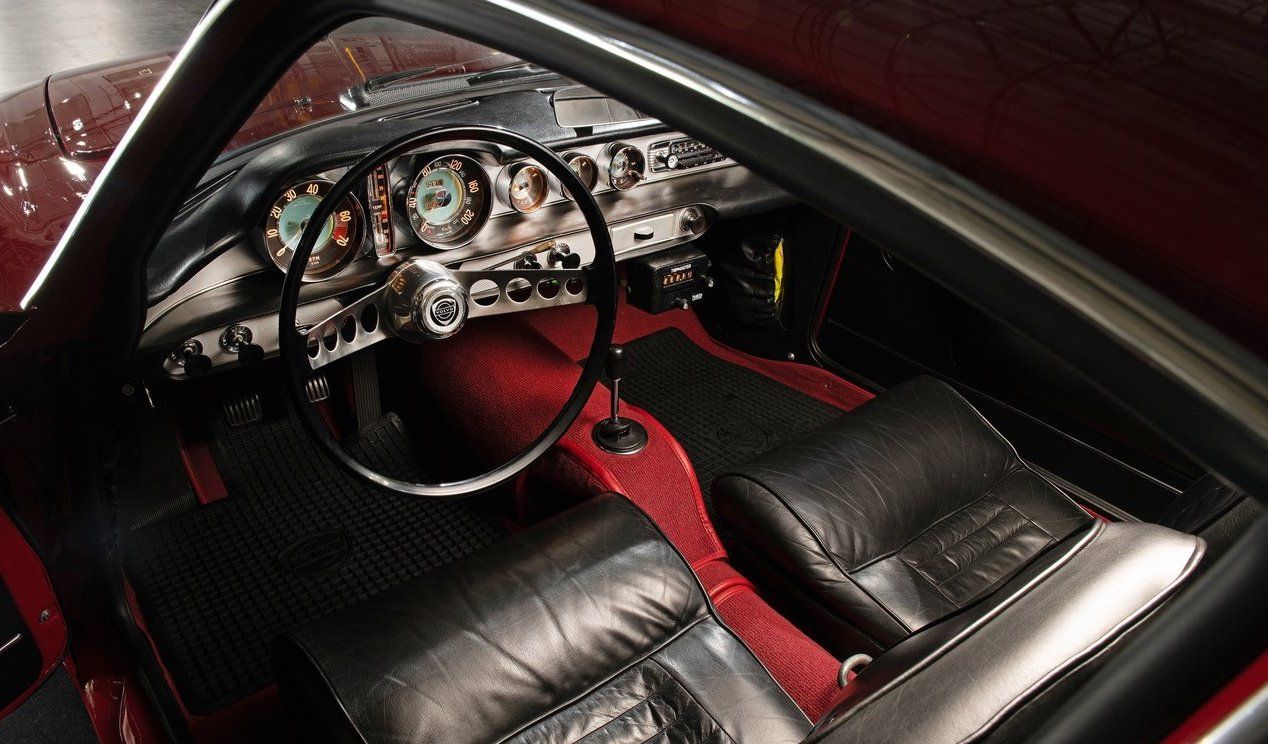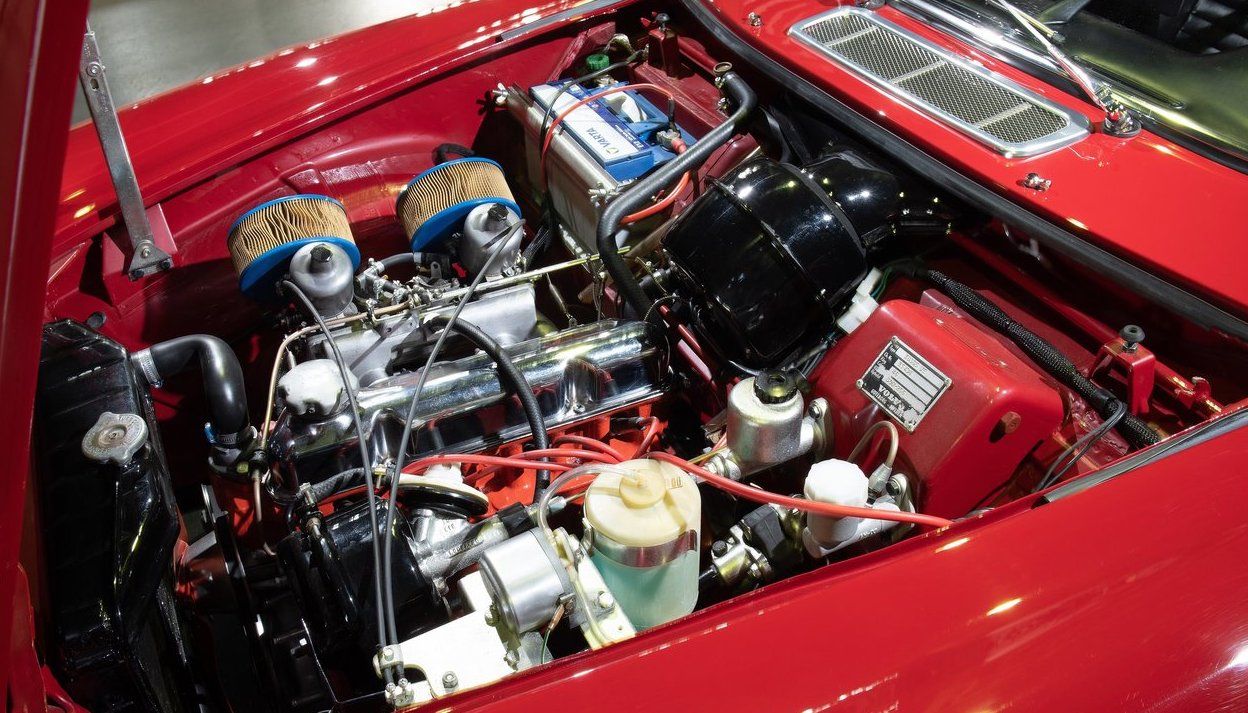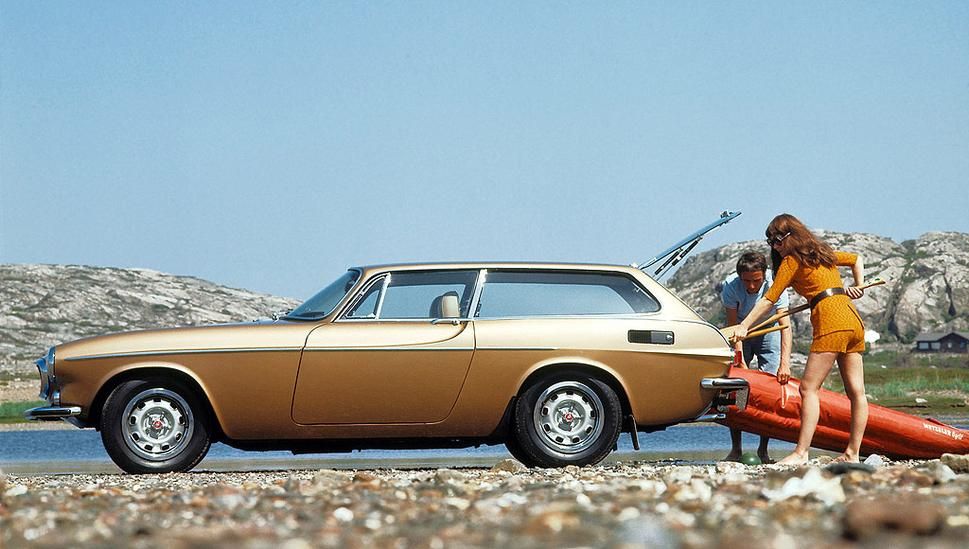It's nothing new that Scandinavian design is some of the most prolific, yet minimal styles of artistry out there. And when it comes to cars, the Swedish brand Volvo is no different. Design and function have always been at the forefront, with reliability sitting right alongside in terms of importance. In their early days, Volvo was not afraid to experiment and try new techniques or methods in order to innovate the automotive market. They did just that with the Volvo P18000.
The most notable thing when looking at the P1800 is its sleek and elegant lines, which combine with its stance and intricate detail, make for one of the best-looking cars of the 1960s. Volvo is often overlooked as a car manufacturer and in fact, they don't tend to make sports cars too often. Let's take a look back at the story of how the Volvo P1800 came to be a contender for the best-looking car of its era.
How The P1800 Came To Be
The project was originally started in 1957 because Volvo wanted a sporty coupe to compete in the US & European markets, a gap which the Volvo Amazon aka the122S couldn't fill. This came after their previous attempt in the form of the P1900 had completely failed to take off with only 68 cars sold. The main man behind the project was an engineering consultant to Volvo, Helmer Patterson. In the 1940s he had been responsible for the Volvo P444, Volvo's post-war people's car.
Unknown to him, design work was done by his son Pelle Peterson, who was tutored by the Italian auto stylist Pietro Frua, who was under the umbrella of the prestigious coachbuilders Carozzeria Ghia. For years to come Volvo insisted it was an Italian design by Frua himself and only officially recognized Pelle Petterson's styling in 2009. Carrozzeria Frua built the first three prototypes between September 1957 and early 1958, named by Volvo in September 1958 as P958-X1, X2, and X3.
In December 1957 Helmer Petterson drove the first hand-built P1800 prototype X1 to Osnabruck, aiming for the headquarters of West German coachbuilder Karmann. Volvo hoped that Karmann would be able to take on the majority of the production of the P1800. Petterson and Volvo chief engineer met there, tested the car, and discussed the construction with Karmann. They agreed on the project and were ready to build it, meaning that the first cars could hit the market as early as December 1958.
But in February, Karmann's most important customer, Volkswagen kicked up a fuss. They knew that the P1800 would compete directly with the sales of their own cars, and threatened to abolish all their contracts with Karmann if they took on the build. This hiccup almost caused the project to be abandoned.
It began to appear that Volvo might never produce the P1800, as other German firms could not meet Volvo's quality standards. This motivated Helmer Petterson to chase backing from two financial firms with the intention of buying the components directly from Volvo and marketing the car himself. At this point, Volvo had made no mention of the P1800. Then an unscheduled press release surfaced with a clear photo of the car, putting Volvo in a position where they had to acknowledge it. These events pushed the company to renew its efforts, and eventually, the car was presented to the public for the first time at the Brussels Motor Show in early 1960.
Volvo turned to British manufacturer Jensen Motors, who had plenty of space on their production lines. They agreed on a contract for 10,000 cars. The body plant of Pressed Steel was then subcontracted by Jensen to create unibody shells, which were transported by rail to be assembled at Jensen in the outskirts of Birmingham, England. In late 1960, the first production P1800 was ready.
The P1800's Influence
The engine was a sturdy little 1800 CC lump, with dual carbs, producing 100HP. There were newly revised gearboxes available with overdrive options as options, the overdrive effectively gave P1800 a fifth gear, which meant drastic improvements in fuel efficiency and far less strain and wear on the drivetrain. The engine and drivetrain proved to be extremely sturdy and helped Volvo build itself as a safe, reliable, and trustworthy manufacturer.
In fact, A 1966 Volvo P1800S holds the Guinness World Record for highest recorded mileage. Owner Irv Gordon began driving the car in 1966, and in 1987 the car reached the one million mile mark. In 1998, it was registered as the vehicle with the highest certified mileage driven by the original owner in non-commercial service, by the Guinness Book of World Records, with a total of 1.69 million miles. When Irv Gordon passed in November 2018, the car had driven more than 3.2 million miles.
Apart from changing Volvo Cars' business trajectory due to its popularity, the real talking point was always the design. The shooting brake or wagon version of the P1800E went on to influence the design of other Volvo models in the future, such as the 480 and the C30. The world's eyes opened to Swedish design at a time when Italy and Britain had all the attention. The P1800 goes in the history books for many reasons, but above all its design will forever be seen as an absolute masterstroke.

